Italian filmmaker Dario Argento is known for his influential horror films that were released predominately in the 1970s and 1980s. Throughout his career, Argento has directed 18 films that constitute as unarguably horrific on a multitude of levels. Critics of the genre have even crowned him the master of horror.
Argento participated in a wave of Italian films under the horror sub-genre known as giallo, which translates to “yellow” in English. It is based on popular detective novels, and merges them with horror elements by utilizing psychological elements, sexploitation, and slasher movie traits. Giallo films morphed into one sub-genre that tends to veer towards art house cinema. Even Alfred Hitchcock participated in the rise of its popularity with his 1972 film, Frenzy. Eli Roth, the creator of the Hostel (2005) franchise, attributed the influence of giallo on his own works of horror. Undoubtedly, Argento’s movies were just as influential as the entire subgenre his works grew from.
Over the years, Argento’s films have grown increasingly popular for their lighting and design but, more importantly, their otherworldly capability to capture the essence of horror’s greatest elements. In 2018, one of his most popular films from 1977, Suspiria, was remade and reintroduced his work into mainstream horror. He has an astounding filmography that includes 18 films; here they are ranked from worst to best.
18. Giallo (2009)
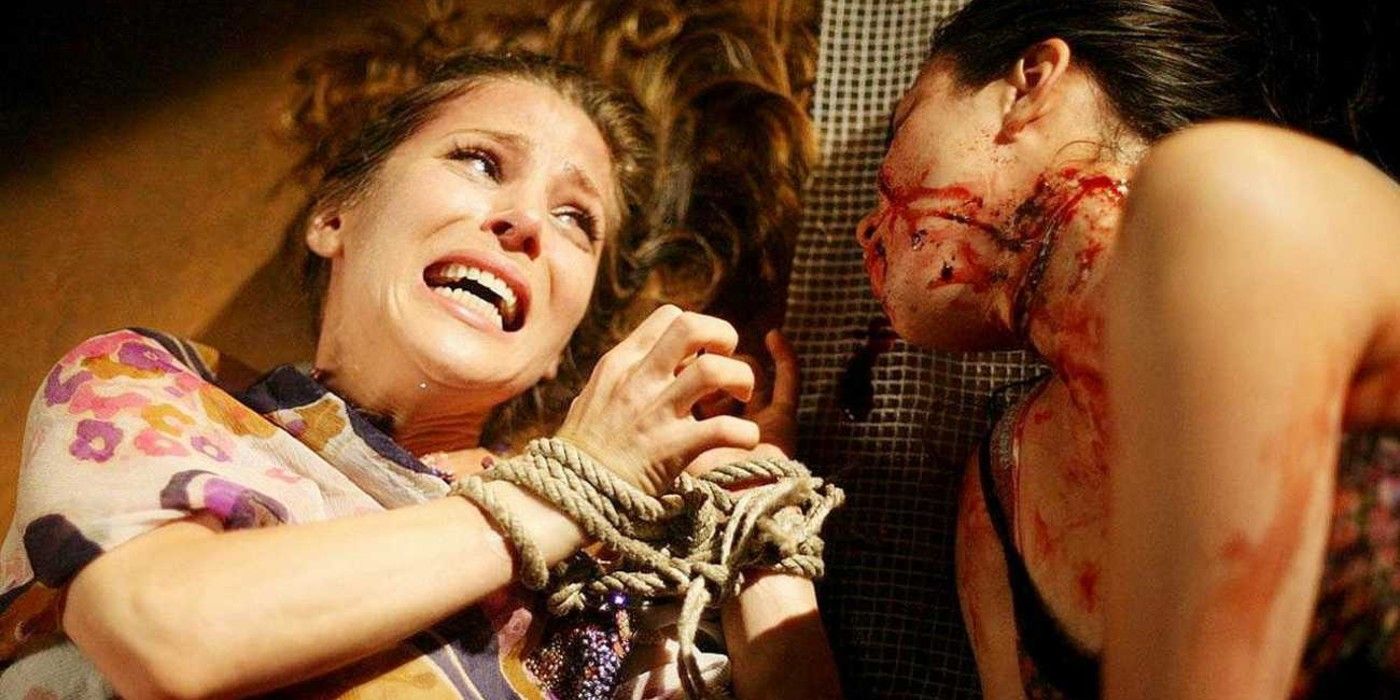
In 2009, Argento released the film Giallo, starring Adrien Brody as an undercover serial killer called Giallo. It pays homage to the sub-genre that made him a master of horror, but it was an overwhelming disappointment considering the film’s creator and his talents. While the concept of a murderous detective who is supposedly unaware of his crime is a promising concept, it fell flat and didn’t manage to entice audiences who were familiar with his work or those who weren’t. This is one of the least giallo of all of Argento’s horror films despite the fact that it shares a name with the sub-genre itself.
17. The Phantom Of The Opera (1998)
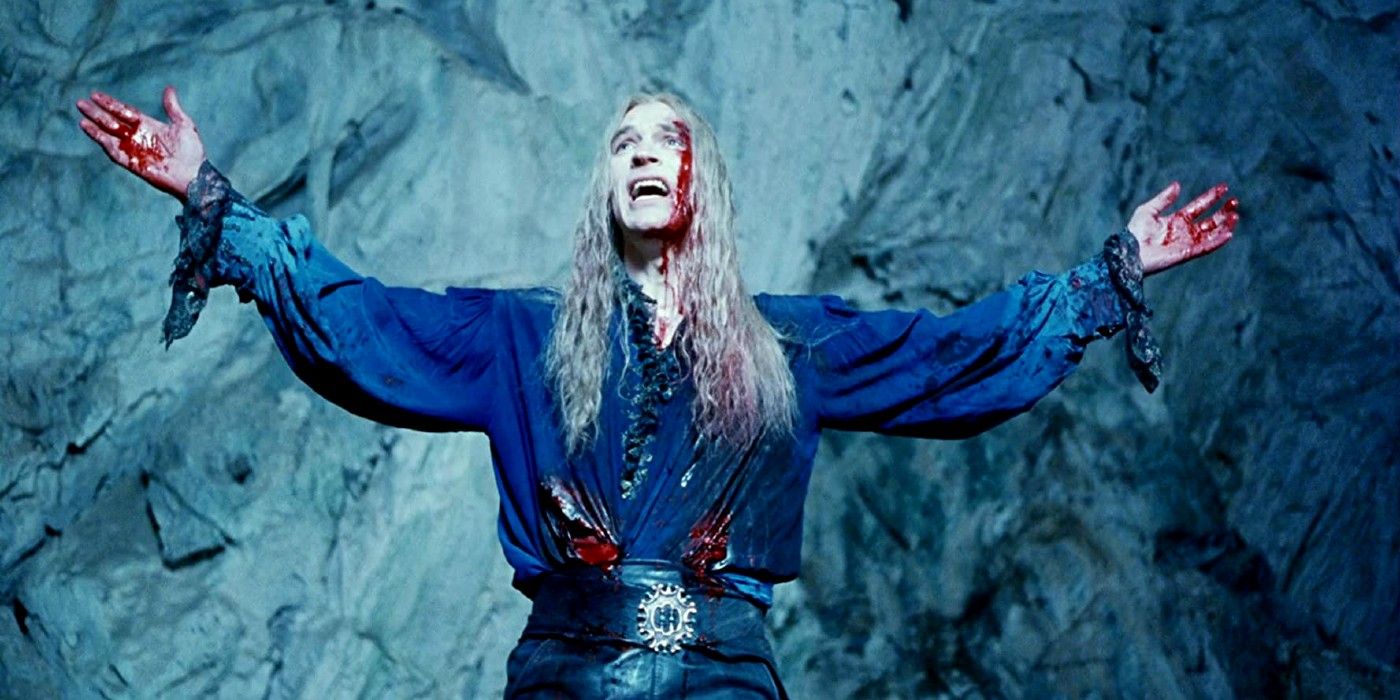
The Phantom Of The Opera has undergone hundreds of adaptations and remakes, but Dario Argento’s is considered one of the most disappointing by far. Due to the fact that he strays from the source material in nearly every way possible, the original story is nearly unrecognizable. What does remain of Gaston Leroux’s story is overshadowed by the sexually charged scenes between Asia Argento (Christine Daaé) and Julian Sands (The Phantom Of The Opera). It is sexploitation at its core, and one of the most forgettable adaptations of The Phantom Of The Opera to date.
16. Dracula 3D (2012)
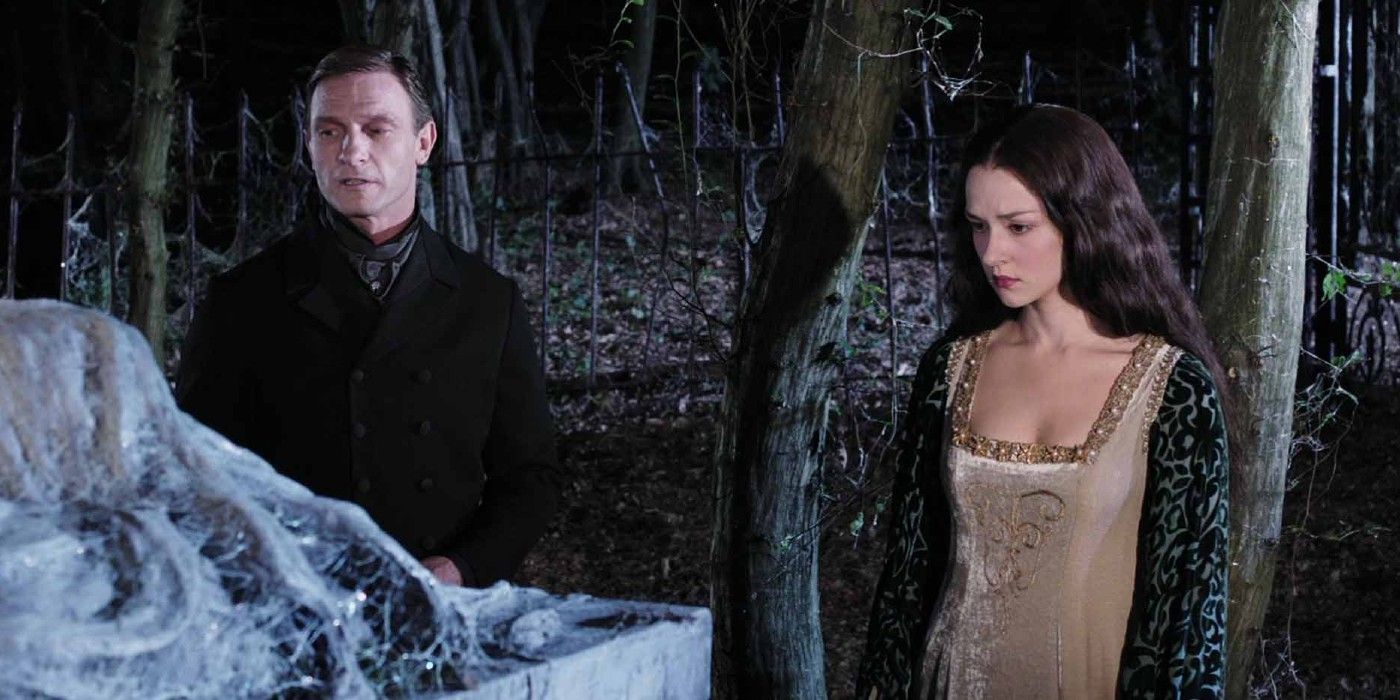
After receiving the offer to revitalize the story of Bram Stoker’s 1897 Dracula with 3D, Argento tackled the complicated story of the most popular vampire in history. Surprisingly, the film did not do well at the box office, and its critical reviews reflected its poor quality and lack of creativity. It has been deemed one of the worst adaptations of Dracula‘s story, and has been called an accidentally comedic film despite its mature content and serious tone. Dracula 3D and The Phantom Of The Opera showcase why Argento’s original works are so great. He is a director who cannot work in the confines of someone else’s story.
15. Trauma (1993)
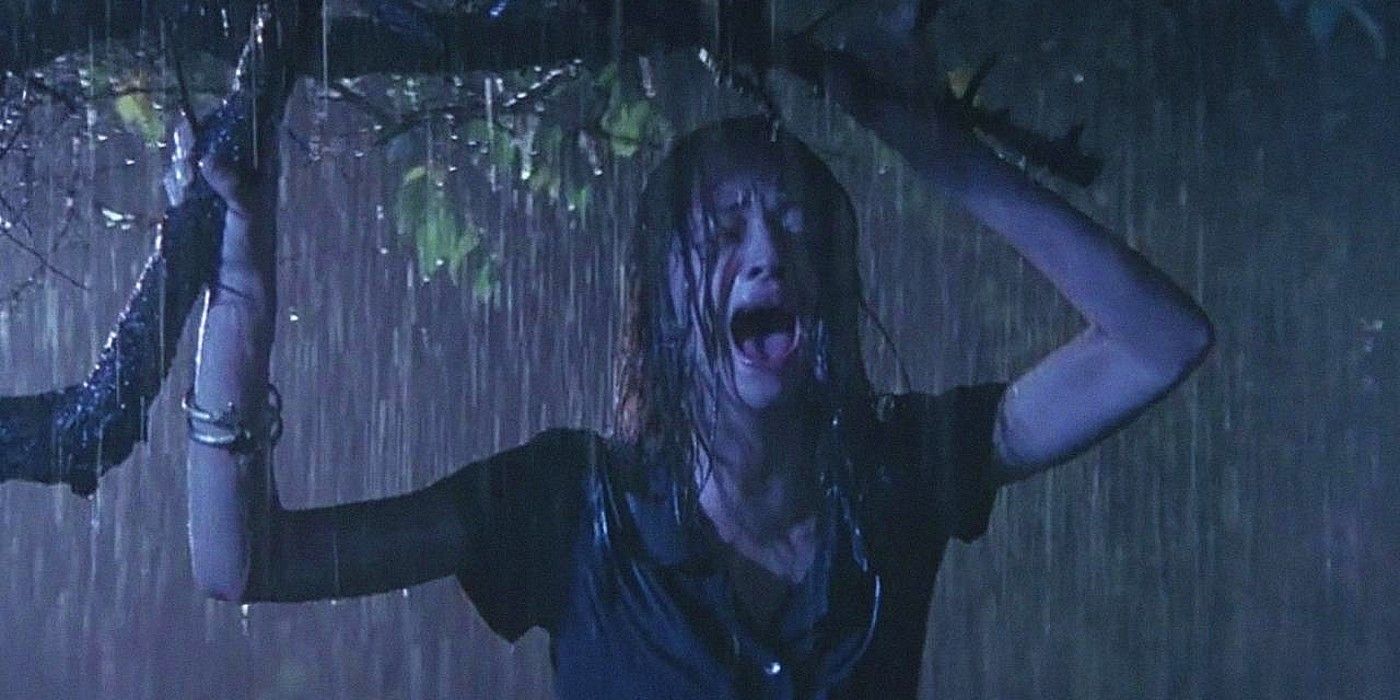
Argento is known for his use of confined, restrictive, and familiar places that contain an abundance of gore and horror. In Trauma, he places the main character, Aura (Asia Argento), in a psychiatric hospital where she is unable to escape a string of murders that are taking out each staff member one by one. While the film has an excellent concept, its overuse of traumatic medical conditions, disorders, botched surgeries, and motherhood makes for a confusing plot that has too many moving parts to retain a cohesive story.
14. The Card Player (2004)
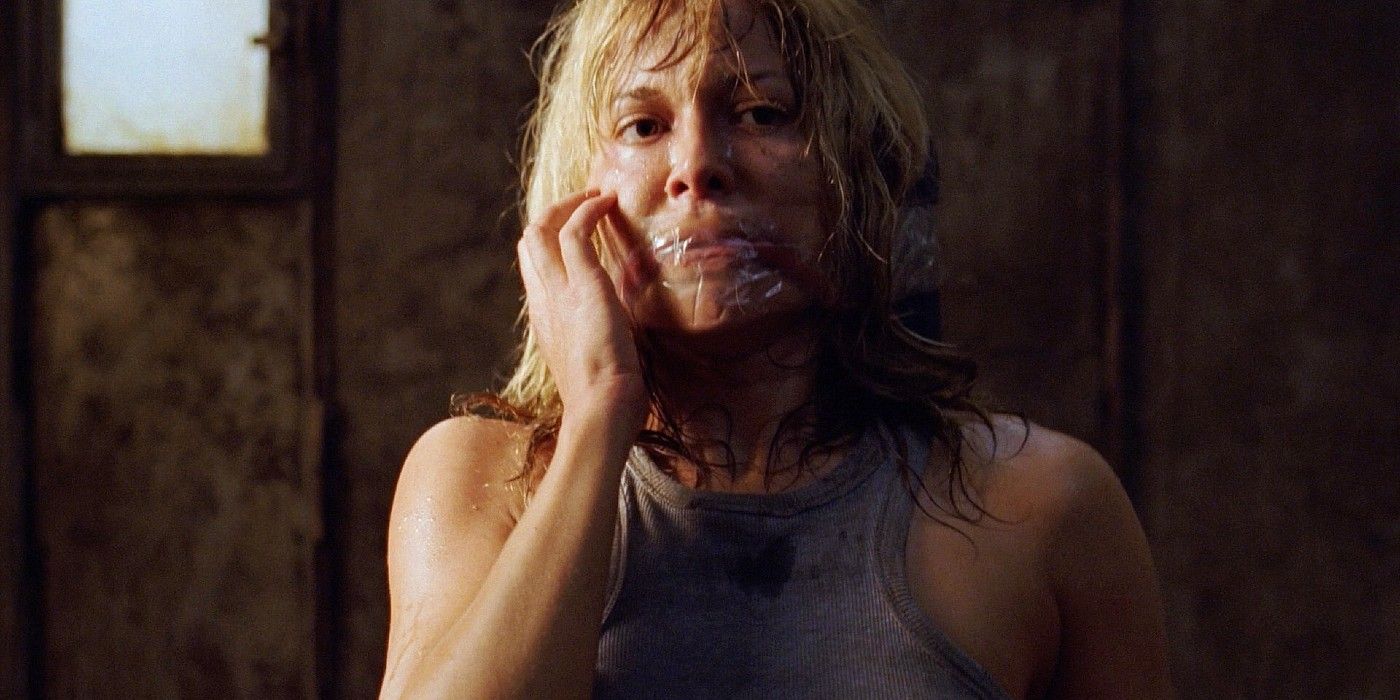
The Card Player is a new take on the giallo horror sub-genre that reflects the “torture porn” that became popular in the 2000s with the Saw franchise and Eli Roth’s Hostel. It features elements familiar to people of the digital age such as webcams, cyber safety, and even internet poker. A serial killer kidnaps women and forces them into participating in online poker matches; the horror increases as their murders are then committed on screen for everyone else to see. The Card Player veers towards grindhouse cinema which commonly features low budgets, but an abundance of gore.
13. Mother Of Tears (2007)
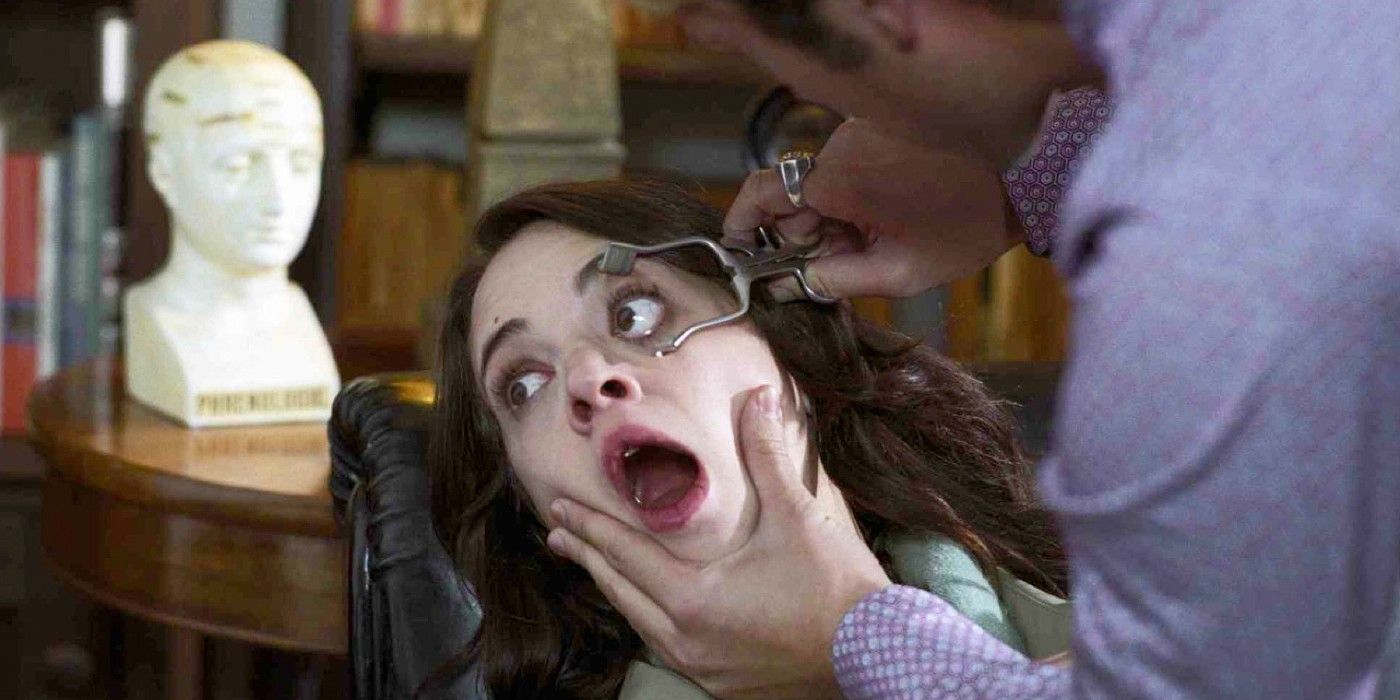
Mother Of Tears is the third and final film in The Three Mothers trilogy, which includes Suspiria and Inferno. The film confronts the incredible power that the third mother holds as suicides, murders, and more inflict the entirety of Rome. It brings together all of the elements that made the first two installments so popular: alchemy, witchcraft, and giallo. Mother Of Tears completes the trilogy in the best way possible—the destruction of the final witch.
Regardless of the fact that Argento provided a clear end to the trilogy with this installment, it took nearly 30 years for it to come to life. At that point, fans of Suspiria and Inferno had grown away from the idea of seeing the final battle with Mater Lachrymarum. If it had been created and released during the height of giallo popularity in the 1970s and 1980s, Mother Of Tears could have been a better film than what 2007 had to offer.
12. Sleepless (2001)
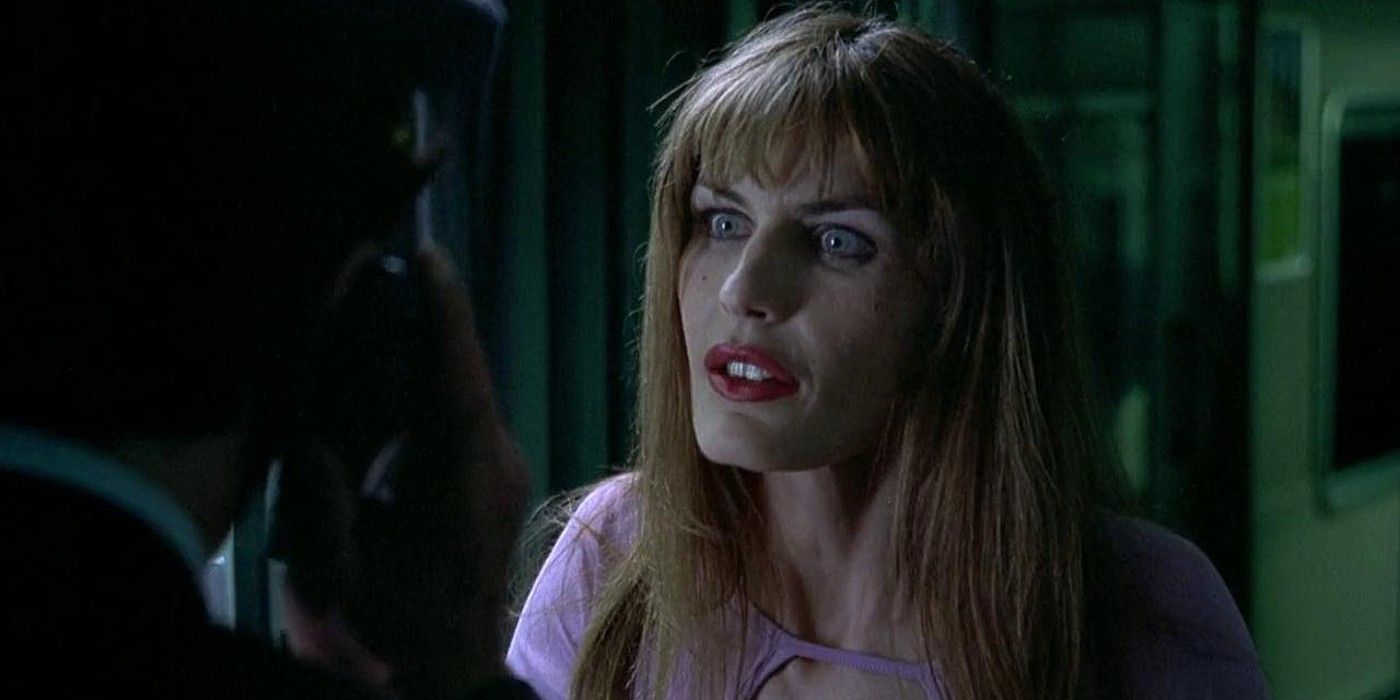
Argento’s first film in the 21st century, Sleepless showcases the power behind a giallo story when its roots are in the detective qualities of the sub-genre. As Detective Ulisse Moretti (Max von Sydow) investigates a string of murders that targets a specific group of individuals, he uncovers that the killer is choosing their victims based on a nursery rhyme. As mysterious as Sleepless is, it’s one of the rare films of Argento’s that does giallo well, but loses the aspects of horror that go hand-in-hand with the sub-genre along the way.
11. Two Evil Eyes (1990)
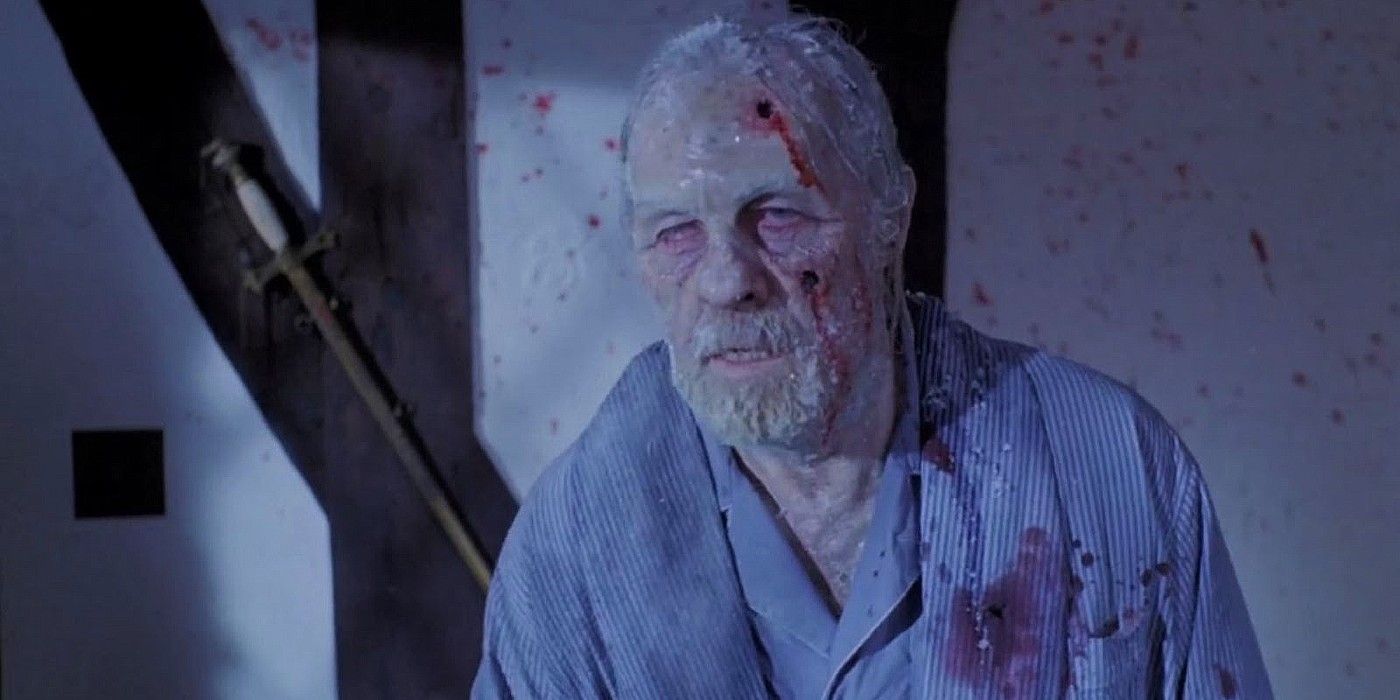
Two Evil Eyes was written and directed with the late George A. Romero in an attempt to capture the two budding sub-genres that both directors were known for: zombies and giallo. Argento worked with Romero on Dawn Of The Dead in 1978. Therefore, a second partnership wasn’t entirely unexpected. The film is split into two parts and offers a blend of Edgar Allan Poe’s traditional stories with a contemporary feel. It’s an exciting collaboration that provides horror fans with the directorial visions of Romero and Argento together in one film. While it is not the best work from either director, Two Evil Eyes brought Italian horror to American audiences and vice-versa.
10. The Stendhal Syndrome (1996)
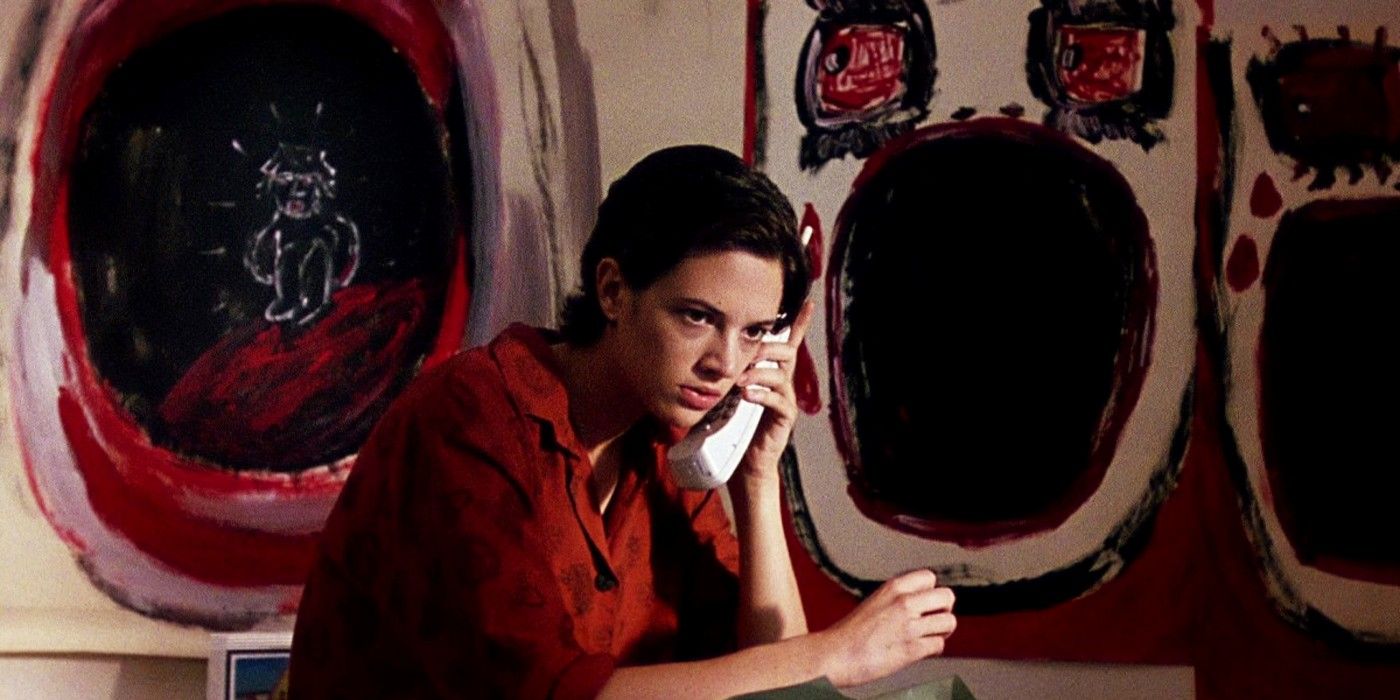
The Stendhal Syndrome was the first Italian film in history to use computer-generated imagery (CGI). It is based off of a real affliction Argento suffered from as a child, which causes an individual to become dissociative when they view any form of art. When a killer discovers that a young woman named Anna (Asia Argento) suffers from the psychological disorder known as Stendhal syndrome, he uses it to his advantage to kidnap her. It is a deeply personal film for Argento, and tackles a conversation about mental illness through its exploration of dissociative disorders. The Stendhal Syndrome creates an all new concept of the psychological horror film by introducing giallo detective elements but, more importantly, the difficulties of overcoming manipulation and dissociation.
9. Inferno (1980)
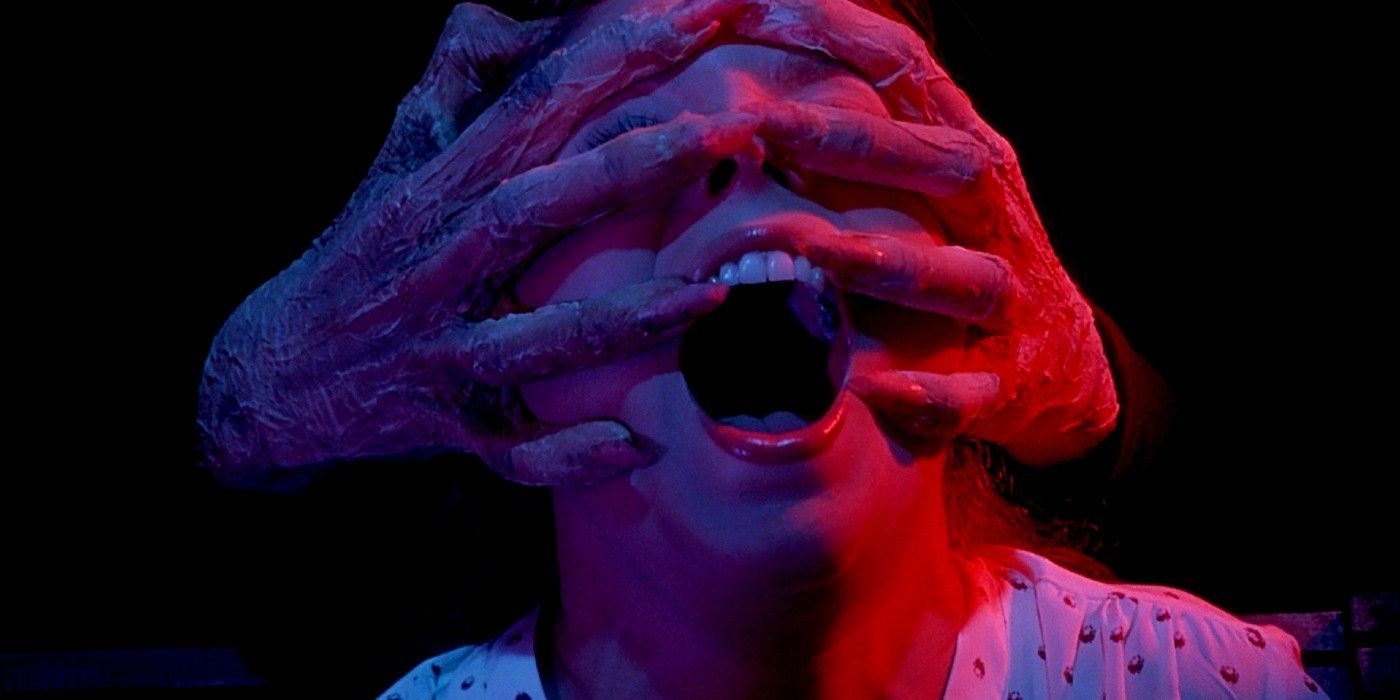
Inferno is the second installment in The Three Mothers trilogy, and focuses specifically on Mater Tenebrarum, the Mother Of Darkness. When a student in Rome goes to visit his sister in New York following a cryptic letter about a rare alchemist’s book on the three women, he discovers that her apartment building has housed the alchemist and the Mother Of Darkness for years. The film perfectly captures 1980s horror as well as giallo with its setting, design, and lighting, but falls somewhat flat in regards to its performance. Inferno could have benefited from stronger acting, but it is an undeniable Argento fan-favorite which provides an even deeper look into the popular Three Mothers trilogy.
8. Four Flies On Grey Velvet (1971)
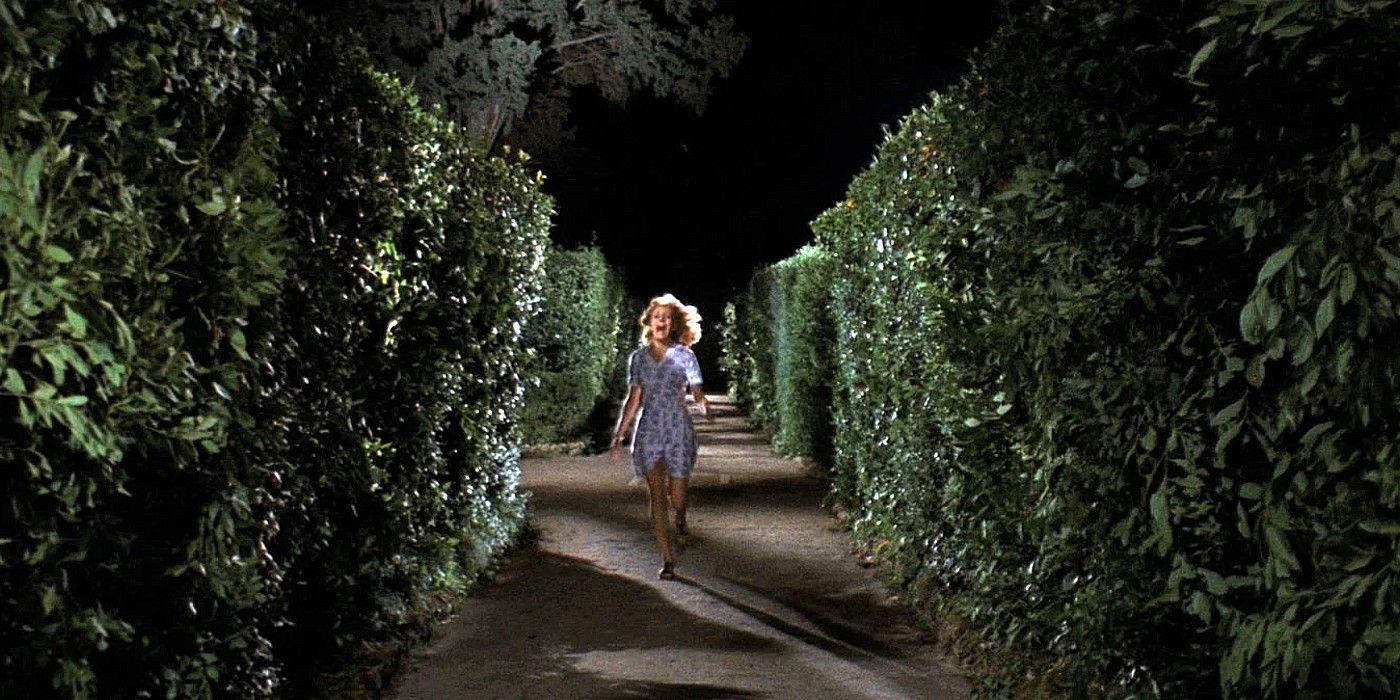
In Four Flies On Grey Gardens, Argento doesn’t hold back from providing bloody scenes that aren’t for the faint of heart. He provides a complex story with even more interesting characters who continue to develop throughout the film’s entirety. While Roberto Tobias becomes inflicted with nightmares about a killer who has chosen him as prey, they appear as a real threat that won’t stop until Roberto is dead. There are levels to Four Flies On Grey Gardens that include blackmail, stalking, distrust, and murder. It perfectly captures the level of horror that a film within the thriller and mystery genre can contain. Four Flies On Grey Gardens immediately put Argento on the map toward becoming one of the world’s most influential directors.
7. Phenomena (1985)
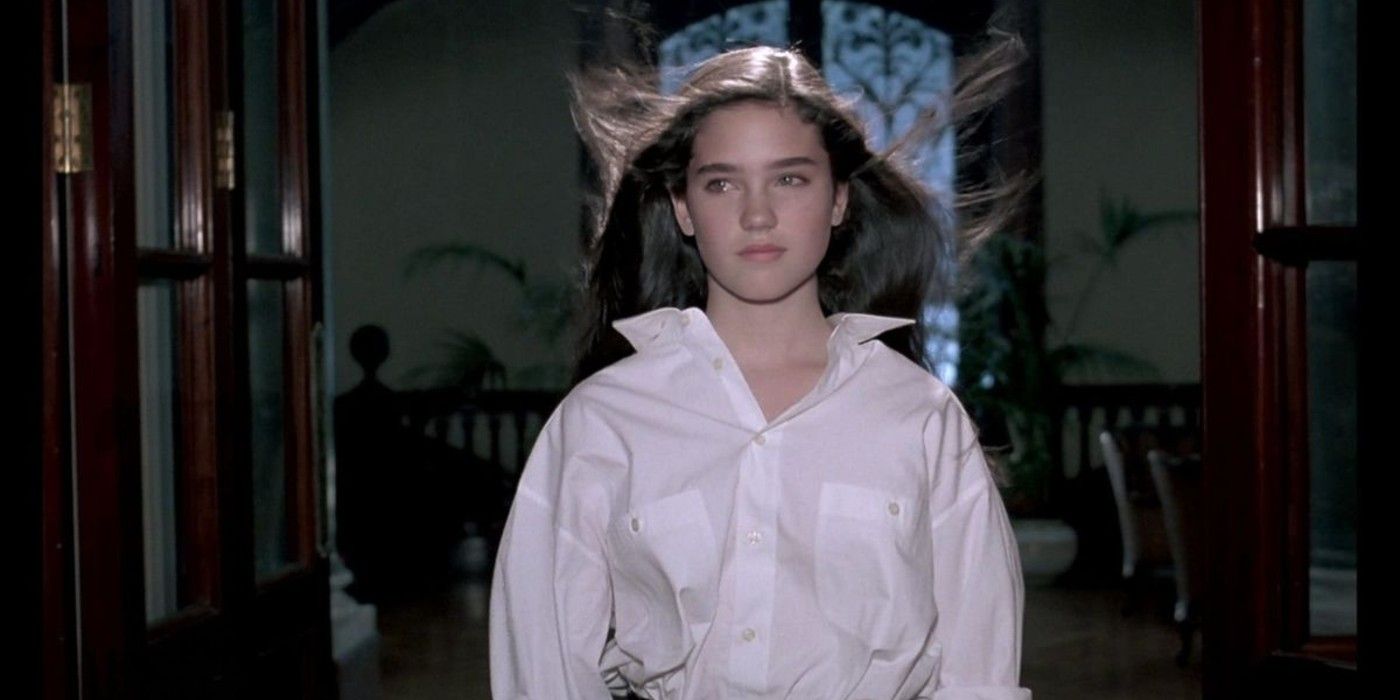
Critics often cite Phenomena as Argento’s version of Stephen King’s Carrie, which was adapted to film by Brian De Palma. It features a young woman with psychic abilities that allow for her to track down a nefarious killer. Jennifer Corvino (Jennifer Connelly) overcomes the killer and all those who stand in her way. Compared to the King story, Argento’s Phenomena is far more graphic, and includes an onslaught of complex conversations on how women are treated in a patriarchal society. It is one of his most notable works to feature a strong woman as its lead. Phenomena undoubtedly appeals to those who like horror movies that are driven by a female character, rather than relegating women to pad the body count without further substance or opportunity.
6. Tenebre (1982)
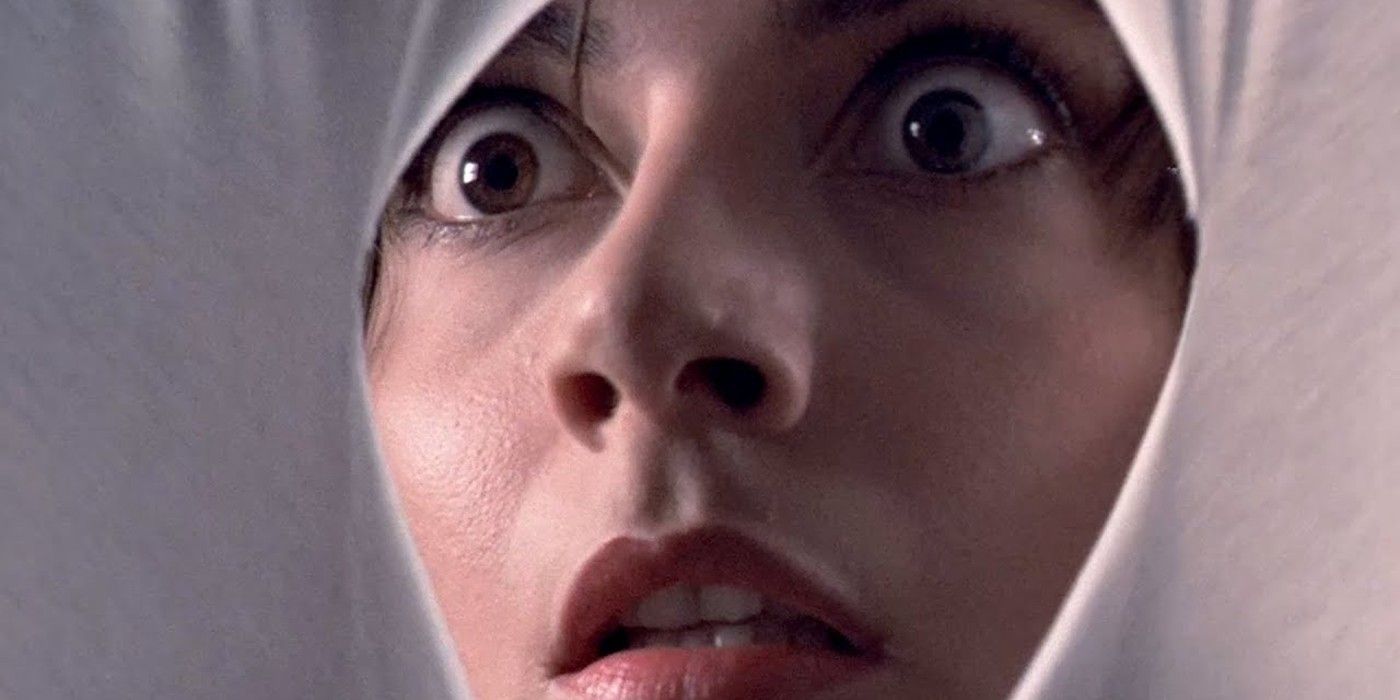
Tenebre features an American author named Peter Neal (Anthony Franciosa) on tour through Rome to promote his latest true crime detective novel. In the midst of selling his book and attending events, he grows increasingly invested in the individual who inspired the story he wrote, who just so happens to be based in Rome. Becoming overly enthralled with the appeal of catching a killer, Neal dives into a world of murder, vice, sex, and violence. The 1982 film marked Argento’s return to giallo after the release of the first two installments of his The Three Mothers trilogy, and took critics and fans by storm with its incredible story and grit. It is one of Argento’s finest works to date that captures the sub-genre he helped popularize in mainstream cinema.
5. The Cat O’ Nine Tails (1971)
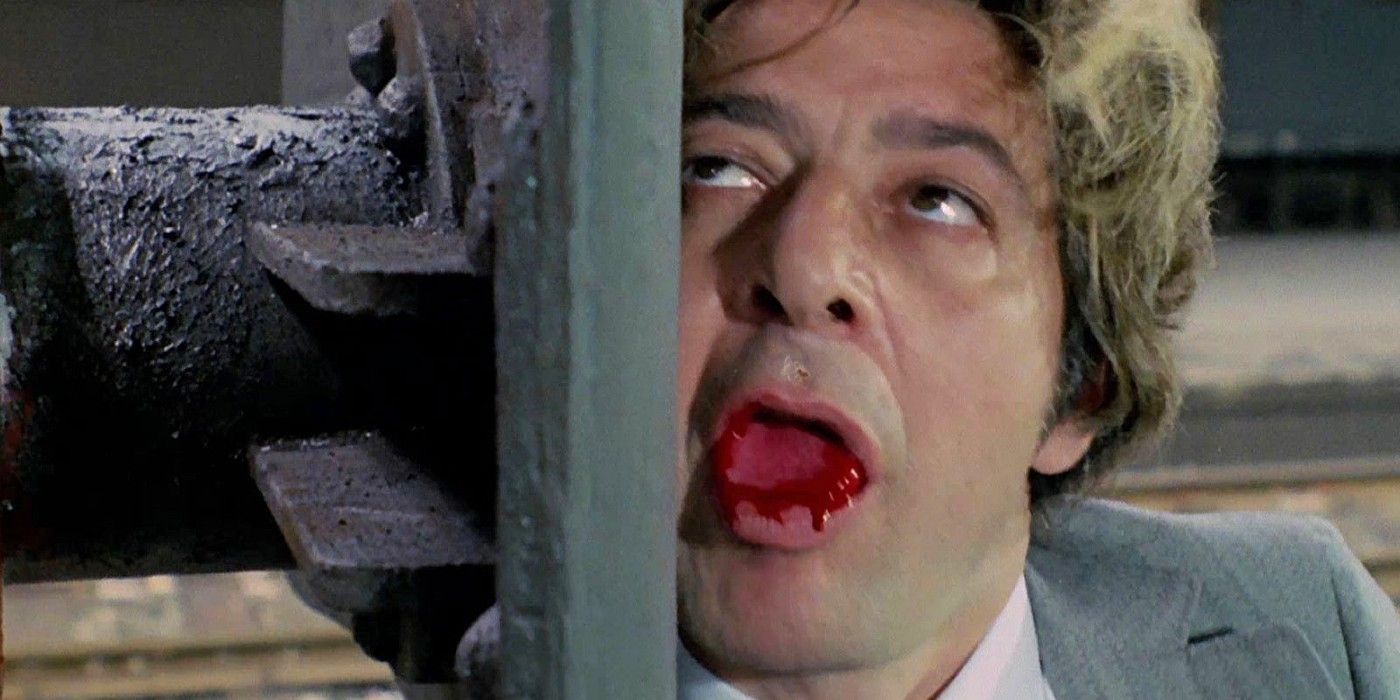
In his little known “Animal Trilogy”, The Cat O’ Nine Tails features Argento’s knowledge on some of history’s most sadistic means of torture—the title refers to a tool of the same name. While Argento does not like this film, fans of his work find it an enthralling story of blackmail, genetic alterations, and medical horror. It is unlike any other giallo film he has produced due to its inclusion of bodily torture that continues throughout its entirety. This makes it one of his most memorable as well as remarkable. Argento’s talents don’t just exist within the realm of gory mysteries; The Cat O’ Nine Tails proves that fact.
4. The Bird With The Crystal Plumage (1970)
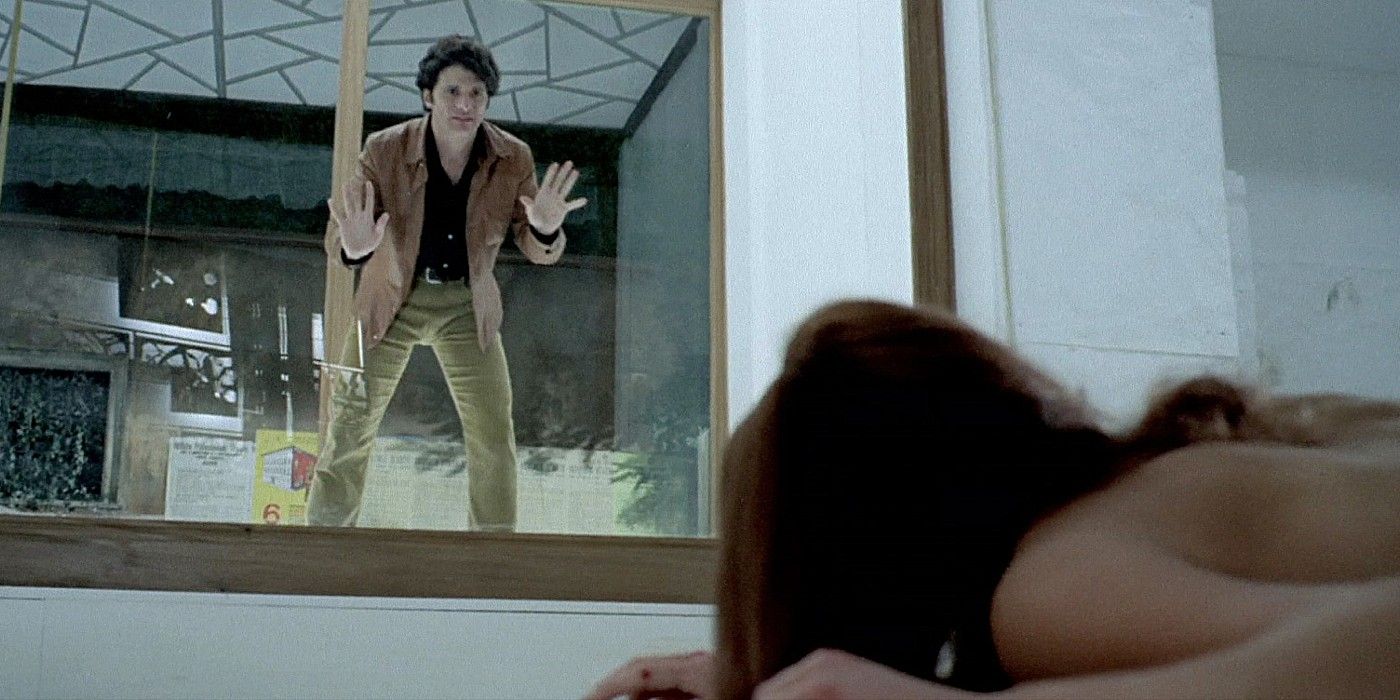
The Bird With The Crystal Plumage was Argento’s directorial debut in 1970, and set his impressive career into motion. It’s also cited as the film that marked the expansion of the giallo horror sub-genre across the world. The film stays true to the style audiences are familiar with today by focusing on an individual who stumbles upon a complicated murder scene. When Sam Dalmas attempts to trap a potential killer, he finds himself her next victim despite her supposed innocence. It is an enthralling tale of misfortune and being in the wrong place at the wrong time. The Bird With The Crystal Plumage jumpstarted Argento’s career, and is a must-watch for any fan of his work.
3. Opera (1987)
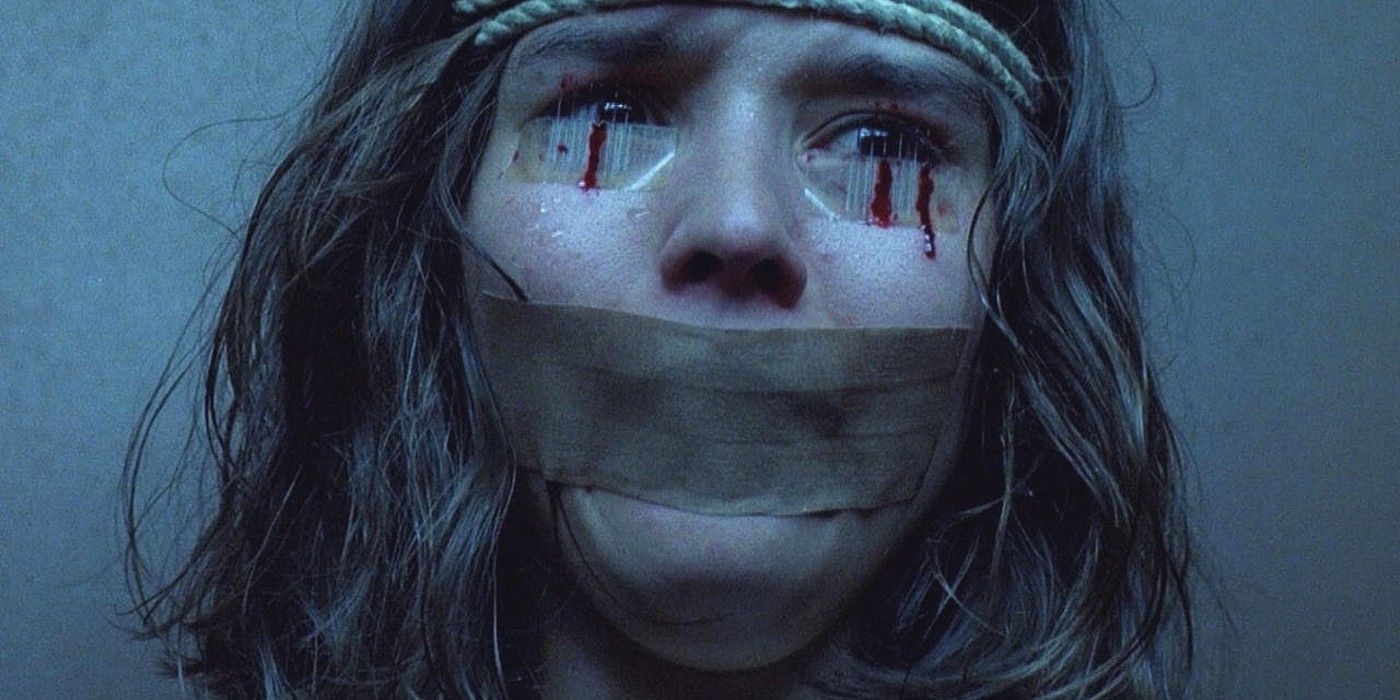
At its core, Opera is one of the filmmaker’s most intense body horror films to date. It features several instances in which the main character Betty is placed in situations where needles are placed on her eyelids, her arms are tied, and she is tormented in the dark. Opera plays into theater’s biggest superstition with the use of William Shakespeare’s MacBeth, one of his greatest tragedies of all time. Betty is set to portray Lady MacBeth. As she prepares for opening night, a mysterious man begins to stalk her and kill off members of the cast and crew one by one. It’s no surprise that Opera is Argento’s largest mainstream success due to the fact that it is everything a traditional horror fan could want coupled with the addition of giallo elements and a unique story.
2. Suspiria (1977)
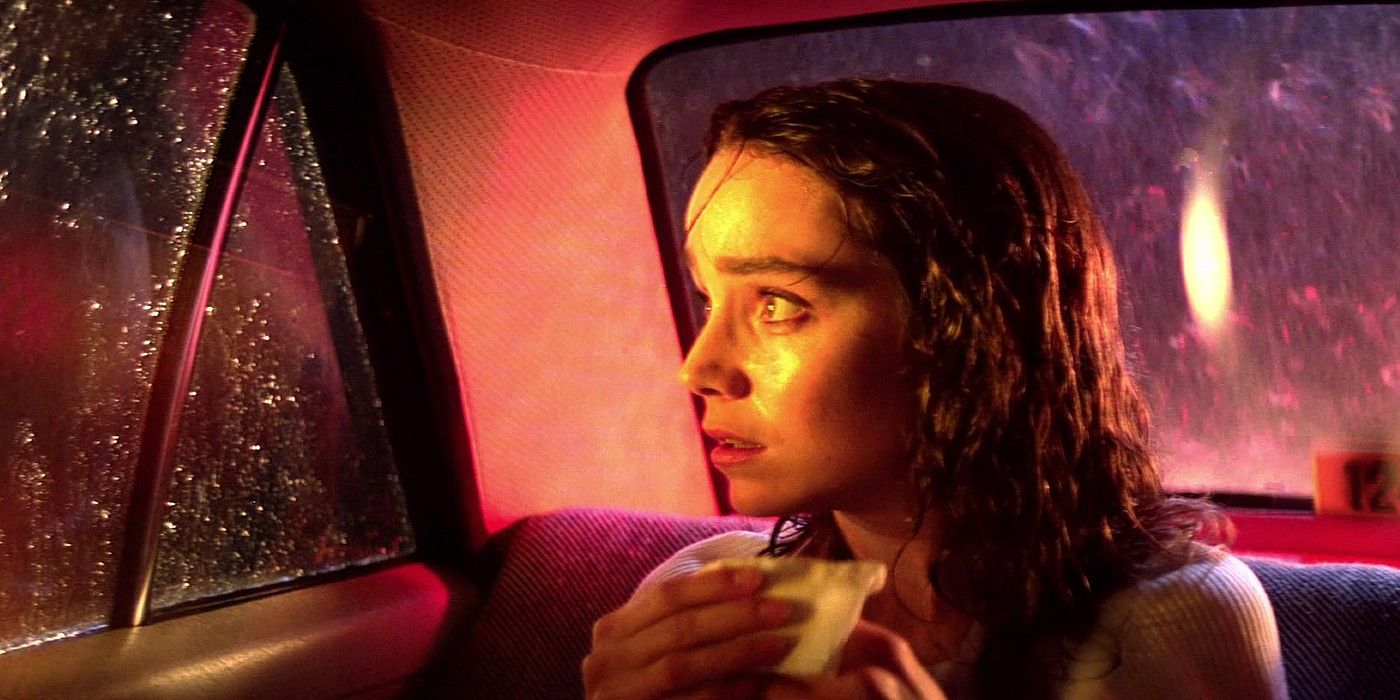
The first film in The Three Mothers trilogy, Suspiria is Argento’s most well-known and beloved work. The supernatural horror film features a dance studio that is all a facade for Mater Suspiriorum (Lady Of Sighs) to enact her horrific desires. As Suzy Bannion (Jessica Harper) begins to notice the abundance of murders surrounding the dance studio, she finds a means of escape before they can kill her too. It is a dramatic tale of magic, murder, and mayhem that ultimately concludes with fire, which becomes a major motif in later installments in the trilogy. Suspiria is filled with captivating cinematography as well as a beautifully bizarre depictions of horror that enhance its increasingly malevolent supernatural plot.
1. Deep Red (1975)
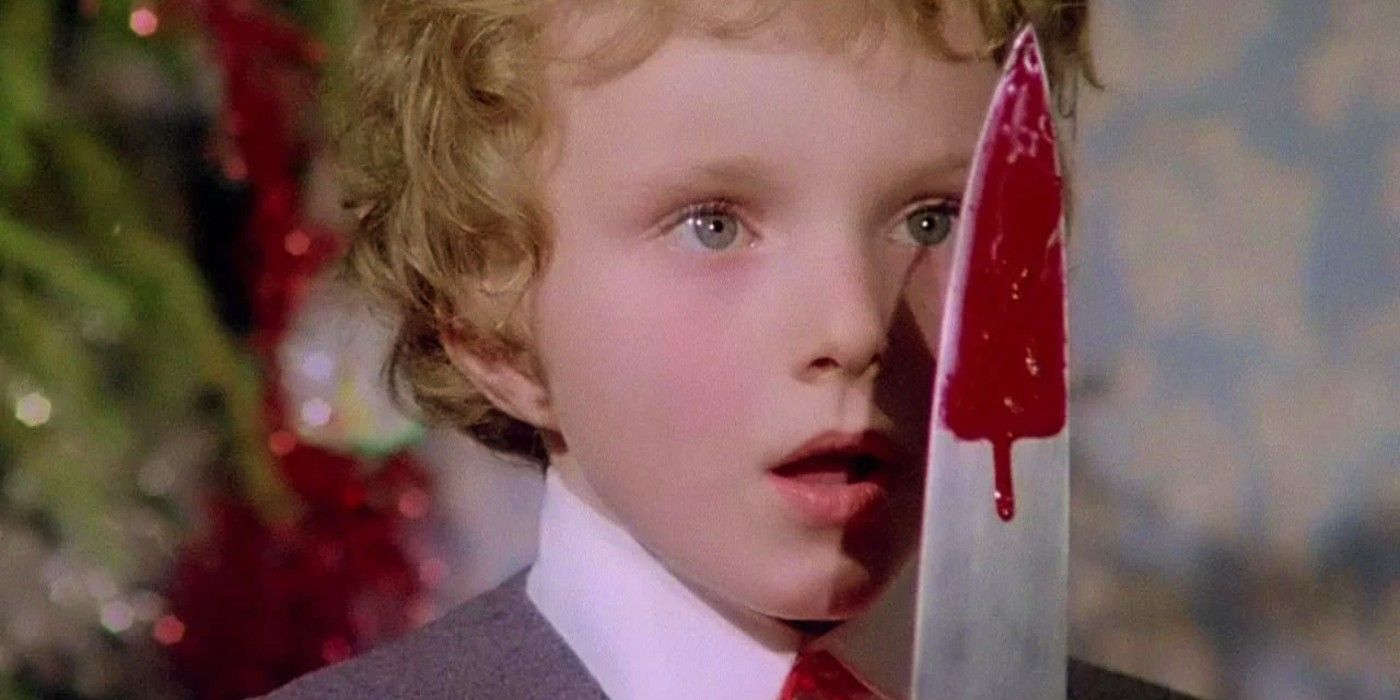
Deep Red showcases the terror of the unknown. As shadowy figures and leather gloves commit most of the atrocities, the horror of the film is almost superseded by its mystery. While the story unfolds, Argento introduces supernatural elements with a psychic medium and eerie folklore about the suffering of children. Deep Red is filled with twists, which allows for the movie’s plot to completely entrance the audience. While viewers may never suspect the end, Deep Red’s main characters always knew who caused the crimes, even when they were hidden deep within their subconscious. As giallo merges so perfectly with horror in this film, it makes its mark as the best Argento film of all time.
Ultimately, Dario Argento’s horror films are all unique in their own ways. From supernatural horror in The Three Mothers trilogy to all-out, grindhouse gore in The Card Player, the director provides a story for every horror fan regardless of their sub-genre preference. Dario Argento succeeds with nearly every film he has ever directed and, while some of his more contemporary movies can be considered lackluster, they still retain elements of giallo, which made him a master filmmaker.




